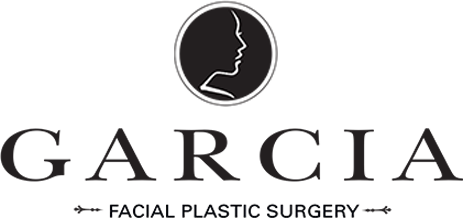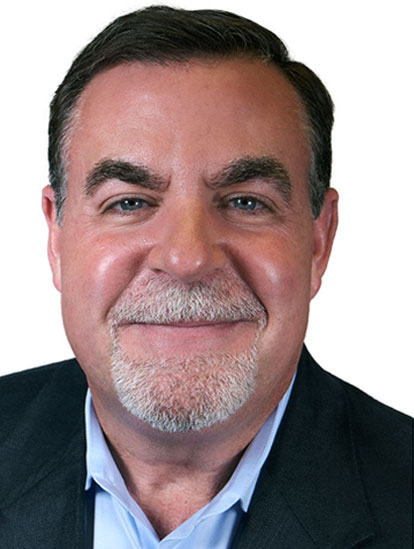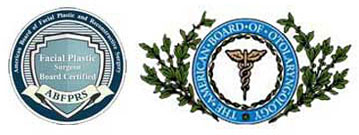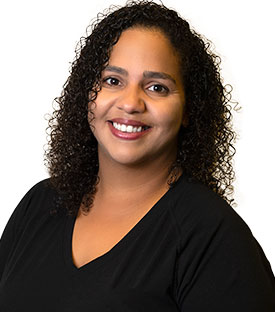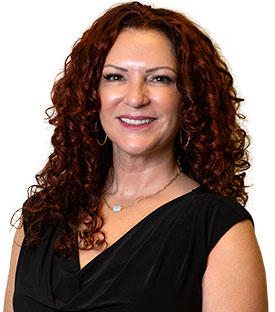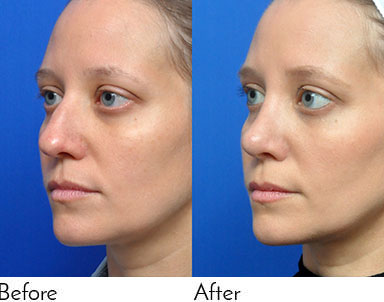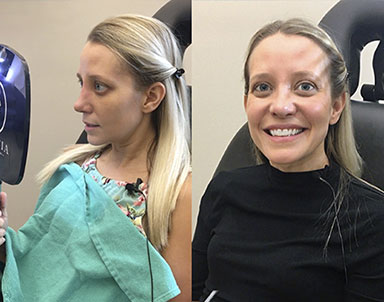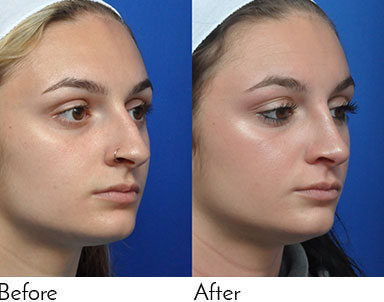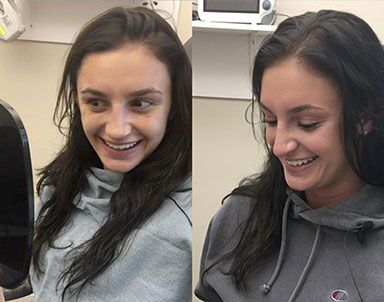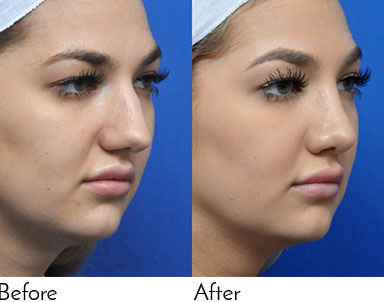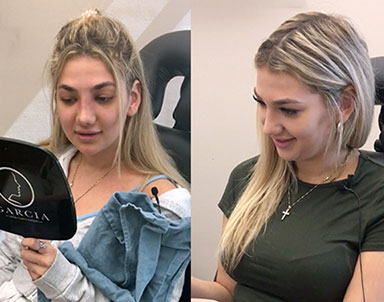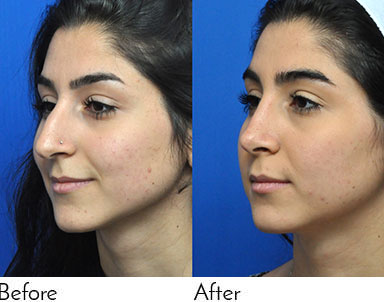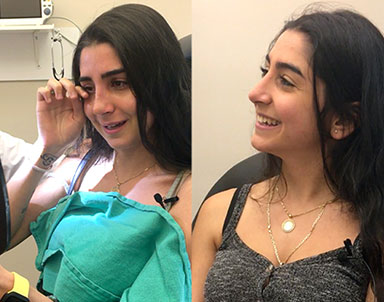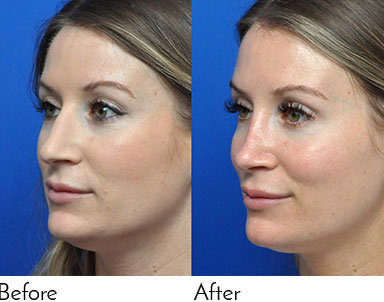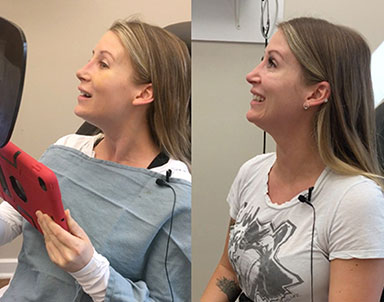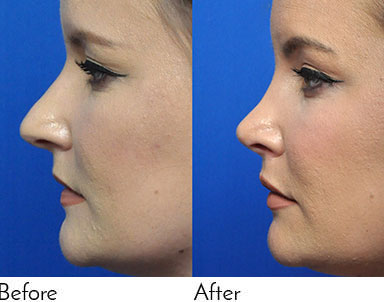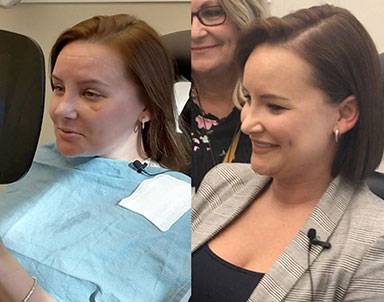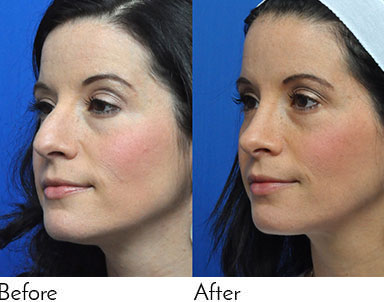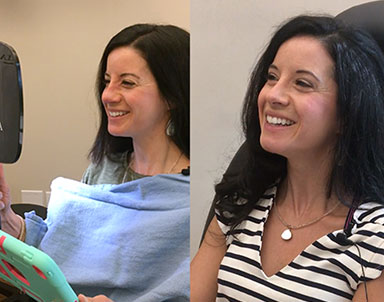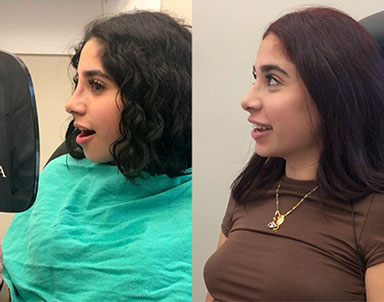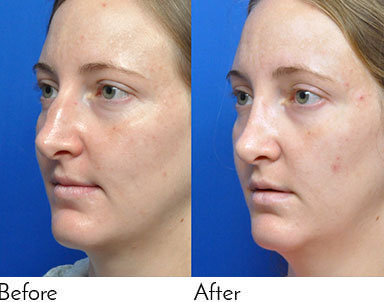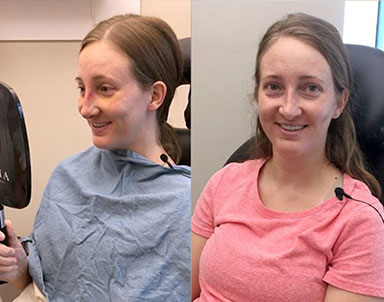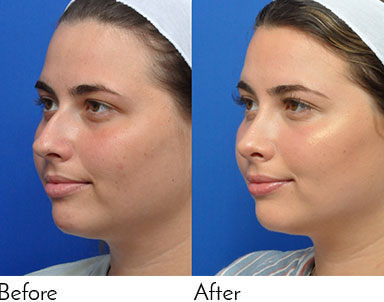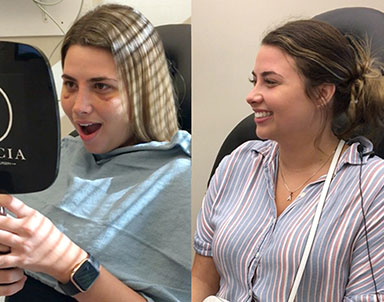Scheduled Skin Resurfacing Treatment?
This page contains all of your pre-treatment instructions. Conveniently located in Jacksonville, Garcia Facial Plastic Surgery, led by double board-certified facial plastic and reconstructive surgeon Dr. Phillip Garcia, offers skin resurfacing for men and women residing in Ponte Vedra Beach, Orange Park, Lakeside and nearby areas in North Florida.
Thinking about skin resurfacing?
Click here to see if a facelift is right for you.
Scheduled a skin resurfacing consultation?
Click here for pre-consult guidance.
Already had treatment?
Click here for post procedure instructions.
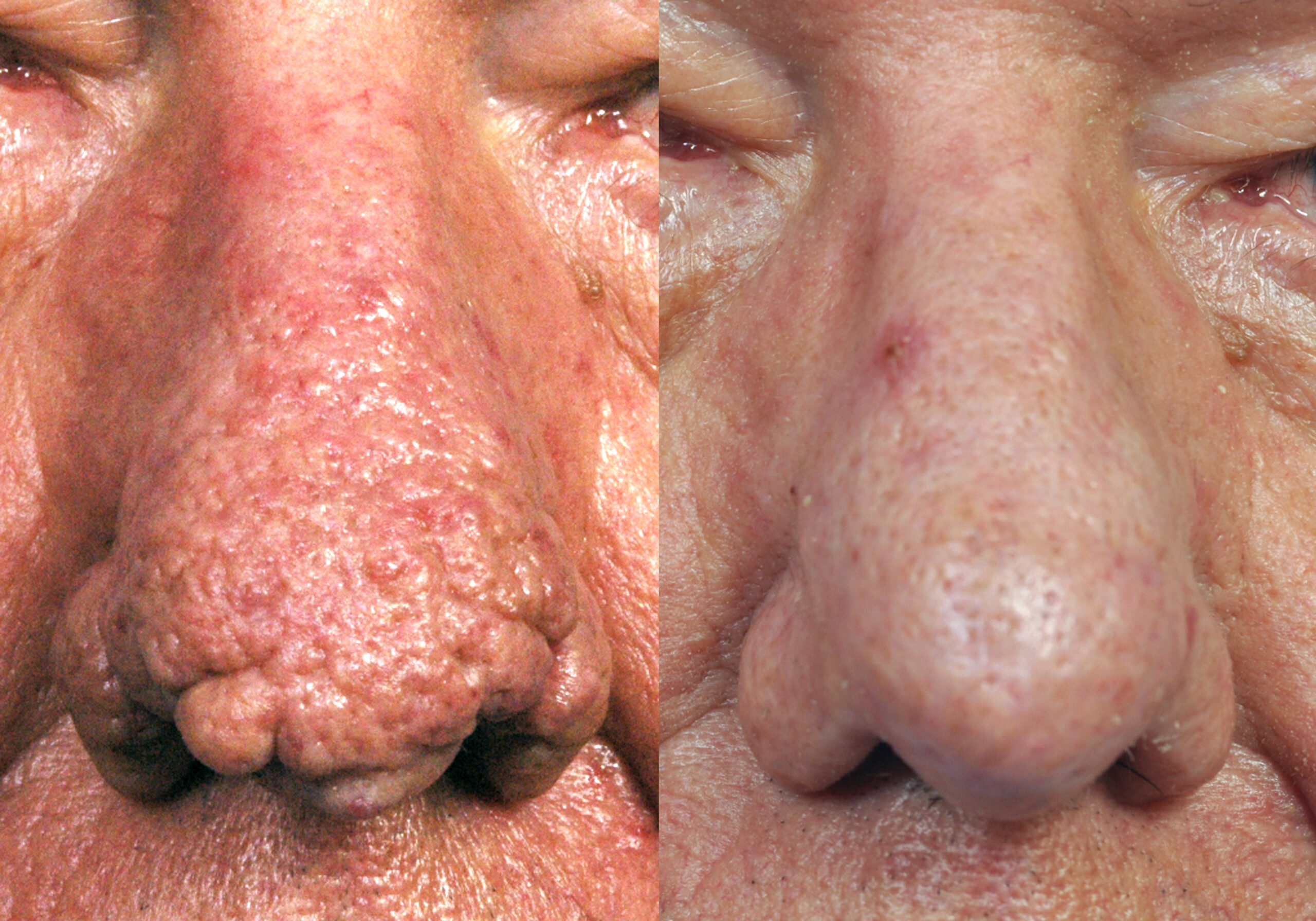 This patient received Dermabrasion to smooth the texture of his nose.
This patient received Dermabrasion to smooth the texture of his nose.
After scheduling your skin resurfacing, all that’s left to do is plan and prepare for the day of your treatment. At Garcia Facial Plastic Surgery, we want you to be as informed and as comfortable as possible coming into your treatment. After discussing the details of your procedure during your skin resurfacing consultation, we’ll provide you with detailed guidelines for you to follow when it comes to pre-treatment care. These guidelines and other helpful information is available for reference below.
Essential Surgical Documents For You To Review
Please download these essential pre surgical documents and lists of supplies
ITEMS YOU SHOULD BRING TO SURGERY
PRE-PROCEDURE INSTRUCTION SHEET
PRE SURGERY CHECKLIST
PRE-STEP BY STEP INSTRUCTIONS
How is Skin Resurfacing Performed?
1Chemical Peel
On the day of your chemical peel, our aesthetician will prepare your skin, then apply a peeling agent. The type of acid used and the strength of the solution will depend on the individual’s skin type and the desired outcome. The solution is left on the skin for a specific amount of time. Your provider will guide you on the appropriate post care to follow. You may experience a slight tingling or burning sensation, but a fan blowing cool fresh air is kept nearby throughout the procedure. You’ll go home the same day with detailed instructions for caring for the peeled area.
2Laser Peel
A laser peel treatment is generally well-received by patients. However, we do offer a topical anesthetic for comfort prior to the treatment. During treatment, we’ll position the laser handpiece above the treatment area and a computer-guided scanner will maneuver the laser beam around the treatment area. Treatment typically takes about 20 minutes, although the exact duration of treatment can vary depending on the size of the area being treated.
3Dermabrasion
Dermabrasion uses a high-speed rotary tool with a roughened surface to remove the outer layers of the skin. Before the procedure, the area to be treated is cleaned and a local anesthetic may be administered. Then, Dr. Garcia will use the dermabrasion tool to carefully remove the top layers of the skin in a precise and controlled manner. This process can take anywhere from a few minutes to an hour, depending on the size of the area being treated.
How Long Will Skin Resurfacing Take?
The length of time it takes to complete skin resurfacing depends on several factors, including the type of treatment and the size of the treatment area. For example, a chemical peel typically takes 30 minutes to an hour, while a laser peel may take anywhere from 15 minutes to 2 hours. Dermabrasion usually takes about an hour, but it may take longer for larger areas.
How Long Will Skin Resurfacing Recovery Take?
The recovery time for skin resurfacing can vary depending on the specific procedure and the depth of treatment. Generally, patients can expect some degree of redness, swelling, and sensitivity in the treated area for several days to a few weeks after the procedure. The recovery time may also depend on the patient’s individual healing process and how well they follow post-treatment care instructions. It is important to note that during the recovery period, patients should avoid exposure to direct sunlight and wear protective clothing or sunscreen when outside to prevent damage to the skin.
For laser resurfacing, the initial healing process may take up to 10 days, with full recovery taking several weeks to a few months. Chemical peels may require a few days to a week for initial healing, with full recovery taking up to several weeks, depending on the strength of the peel. Dermabrasion typically requires 10 to 14 days of healing time, with full recovery taking several weeks. However, recovery time is determined by the type of treatment being performed.
Educational Videos
Frequently Asked Skin Resurfacing Questions
Are there any side effects of skin resurfacing?
Skin resurfacing treatments like laser peels, chemical peels, and dermabrasion can effectively improve skin texture, reduce fine lines, and minimize the appearance of scars and hyperpigmentation. While these treatments are generally safe, some side effects can occur. These may include redness, swelling, itching, dryness, and peeling or flaking of the skin. In some cases, patients may also experience temporary changes in skin color or increased sensitivity to sunlight. These side effects are typically mild and subside within a few days to a week, depending on the type of treatment and the patient’s individual healing process.
Can skin resurfacing be combined with other procedures?
Yes, skin resurfacing can be combined with other procedures such as facelifts, brow lifts, eyelid surgeries, and injectable treatments like Botox® and dermal fillers. Combining skin resurfacing with other procedures can enhance the overall results and provide more comprehensive rejuvenation.
Is skin resurfacing painful?
The level of pain associated with skin resurfacing depends on the type of procedure and the individual’s pain tolerance. For more intense treatments, we may apply a topical numbing solution to minimize any discomfort that may occur.

